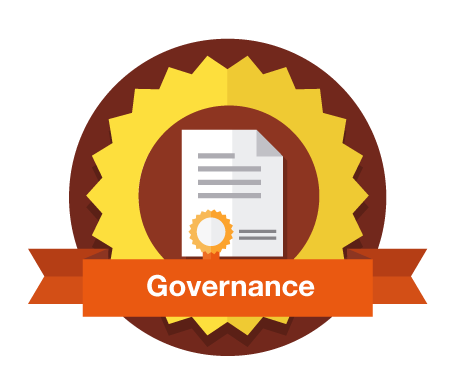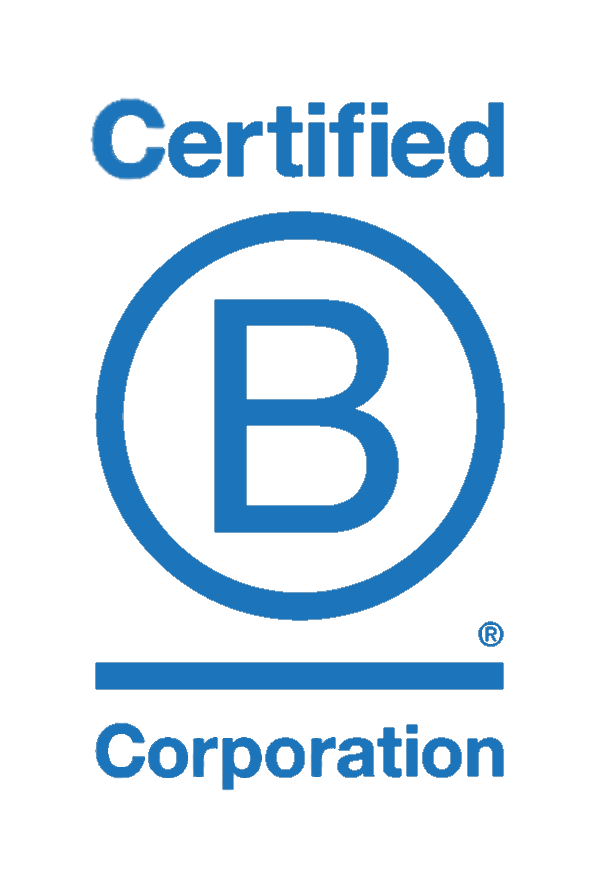How the Federal Reserve Influences Interest Rates
|
Getting your Trinity Audio player ready...
|
 Almost daily there is speculation in the media and in discussions among investment professionals about whether or not the Federal Reserve will raise or lower interest rates, or keep them at the same level. Changing interest rates is not as simple as issuing a press release stating what the rate will be. It is far more complicated than that. The Federal Reserve Board is responsible for managing our nation’s monetary policy. What is monetary policy? Simply put, it consists of actions by a central bank that determines the size and growth of the money supply which, in turn, affects interest rates. The Federal Reserve is our central bank, and it implements monetary policy principally through its Federal Open Market Committee (FOMC). The Fed has two other tools at its disposal, namely, changing reserve requirements, which is the percentage of a bank’s deposits that must be held in reserve, and changing the discount rate, which is the interest rate at which they can borrow through the Fed’s Discount Window. However, reserve ratios are rarely changed, and a bank’s ability to borrow through the Discount Window is limited to meeting temporary needs for funds, after alternative sources have become unavailable. The significance of the Discount Rate lies in its “announcement effect,” meaning that it signals the Fed’s monetary policy stance.
Almost daily there is speculation in the media and in discussions among investment professionals about whether or not the Federal Reserve will raise or lower interest rates, or keep them at the same level. Changing interest rates is not as simple as issuing a press release stating what the rate will be. It is far more complicated than that. The Federal Reserve Board is responsible for managing our nation’s monetary policy. What is monetary policy? Simply put, it consists of actions by a central bank that determines the size and growth of the money supply which, in turn, affects interest rates. The Federal Reserve is our central bank, and it implements monetary policy principally through its Federal Open Market Committee (FOMC). The Fed has two other tools at its disposal, namely, changing reserve requirements, which is the percentage of a bank’s deposits that must be held in reserve, and changing the discount rate, which is the interest rate at which they can borrow through the Fed’s Discount Window. However, reserve ratios are rarely changed, and a bank’s ability to borrow through the Discount Window is limited to meeting temporary needs for funds, after alternative sources have become unavailable. The significance of the Discount Rate lies in its “announcement effect,” meaning that it signals the Fed’s monetary policy stance.
The FOMC is comprised of all seven members of the Board of Governors and five of the twelve Federal Reserve District Bank Presidents. The President of the Federal Reserve Bank of New York, through which open market operations are principally conducted, is a permanent member of the Committee and the other Reserve Bank Presidents serve for one year terms, on a rotating basis. The goals of monetary policy are described in the Federal Reserve Act. It provides that in conducting monetary policy, the Federal Reserve System and the Open Market Committee should seek “…to promote effectively the goals of maximum employment, stable prices, and moderate long term interest rates.” For a complete account of how open market operations work, visit the web site of the Federal Reserve Bank of New York, at www.newyorkfed.org. What follows is a condensed version, derived principally from information on the New York Fed’s web site.
Briefly, the process involves buying and selling US government securities by the Federal Reserve. When it purchases the securities, it adds money to the system, and when it sells them, it drains money from the system. All banks maintain a portfolio of US government securities, for both earnings and liquidity purposes. The FOMC has delegated responsibility for implementing monetary policy to the Manager of the System Open Market Account (SOMA) at the Federal Reserve Bank of New York. The SOMA Manager is responsible for the Trading Desk at the New York Fed. After each policy meeting (there are 8 regularly scheduled meetings each year and may be additional ones if needed) the FOMC issues a policy directive to the SOMA Manager containing the rate at which the FOMA would like to see federal funds trade over the inter-meeting period. The federal funds rate is the interest rate at which depository institutions lend excess balances in their reserve accounts at their local Federal Reserve District Bank to other depository institutions overnight.
The Fed conducts open market operations with primary dealers, who deal in government securities and who have an established relationship and serve as trading counterparties of the New York Fed. If the Fed is conducting an expansionary monetary policy, it will purchase government securities through primary dealers and deposit payments into the bank accounts of individuals or organizations that sold the bonds. The deposits become part of the cash banks hold at their Federal Reserve Bank, which increases the amount of money they have available to lend and lowers interest rates, including the Fed Funds rate. To decrease the money banks have available to lend, the Fed sells government securities, which results in an increase in the cost of borrowing and increases interest rates, including the federal funds rate.
Where does staff on the Trading Desk gather information as it prepares to act? Here we quote from the New York Fed. “Staff on the Desk start each workday by gathering information about the market’s activities from a number of sources. The Fed’s traders discuss with primary dealers how the day might unfold in the securities markets and how the dealers’ task of financing their securities position is progressing. Desk staffers also talk with the large banks about their reserve needs and the banks’ plans for meeting them, and with fed funds brokers about activities in that market.
Reserve forecasters at the New York Fed and at the Board of Governors in Washington, D.C. compile data for bank reserves for the previous day and make projections that could affect reserves for future days. The staff also receives information from the Treasury about its balance at the Federal Reserve and assists Treasury in managing this balance and Treasury accounts at commercial banks. Following discussions with the Treasury, forecasts of reserves are completed. Then, after reviewing all of the information gathered from the various sources, Desk staff develops a plan of action for that day. That plan is reviewed with interested parties around the system during a conference call held each morning. Conditions in financial markets, including domestic securities and money markets and foreign exchange markets are also reviewed at this time. When the conference call is complete, the Desk conducts any agreed upon open market operations. The Desk initiates this process by announcing the OMO through an electronic auction system called FedTrade, inviting dealers to submit bids or offers, as appropriate.
As you can see, the Fed’s efforts to influence interest rates is more of an art than a science.
About the guest author: Bill Aukamp, Esq.:
During his career, Bill Aukamp has: served as both inside and outside bank general counsel; President & CEO of Chemical Bank Delaware; member of the board of directors of Christiana Bank & Trust Company; Chairman of the Delaware Bankers Association; and member of the American Bankers Association’s Government Relations Council. In addition, he has written numerous articles that have appeared in such publications as American Banker, US Banker, Bank Director, Real Estate Business and the Legal Intelligencer. He is a graduate of Lafayette College and Cornell Law School and is a member of the bar in New York and Delaware. He is currently of Counsel to Werb & Sullivan.




